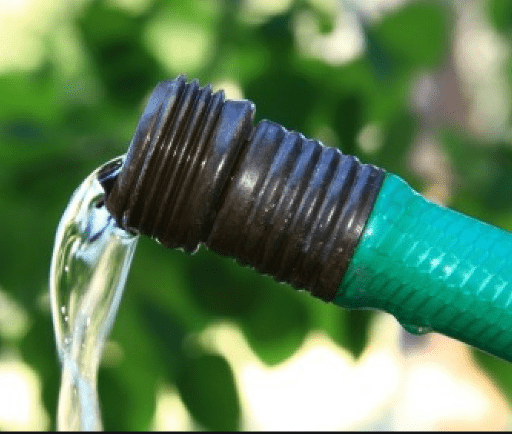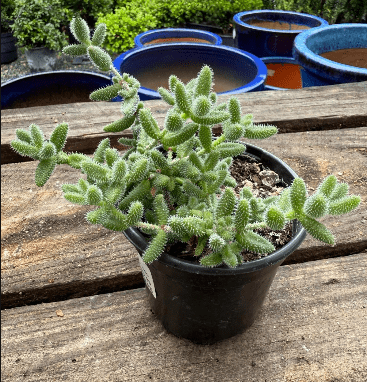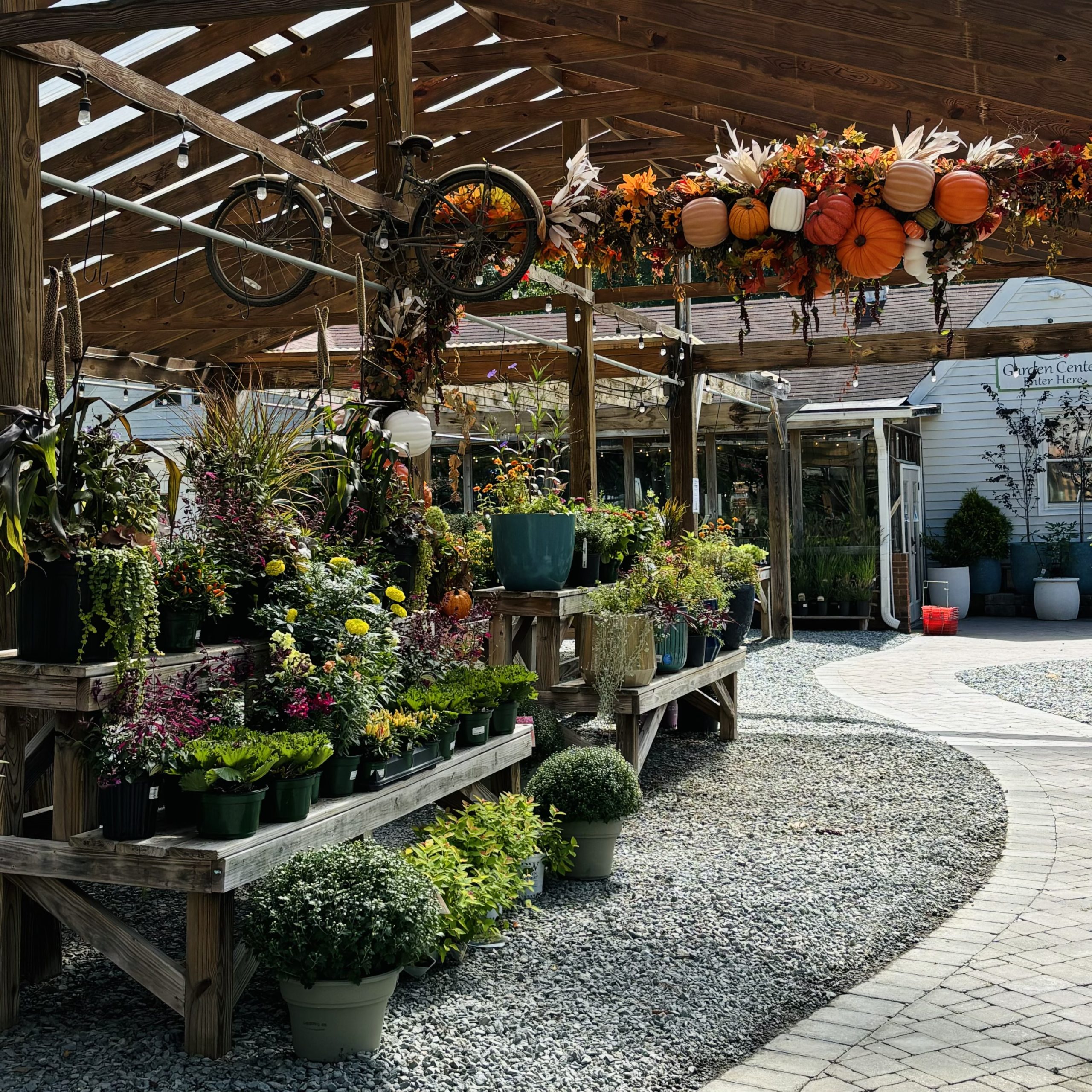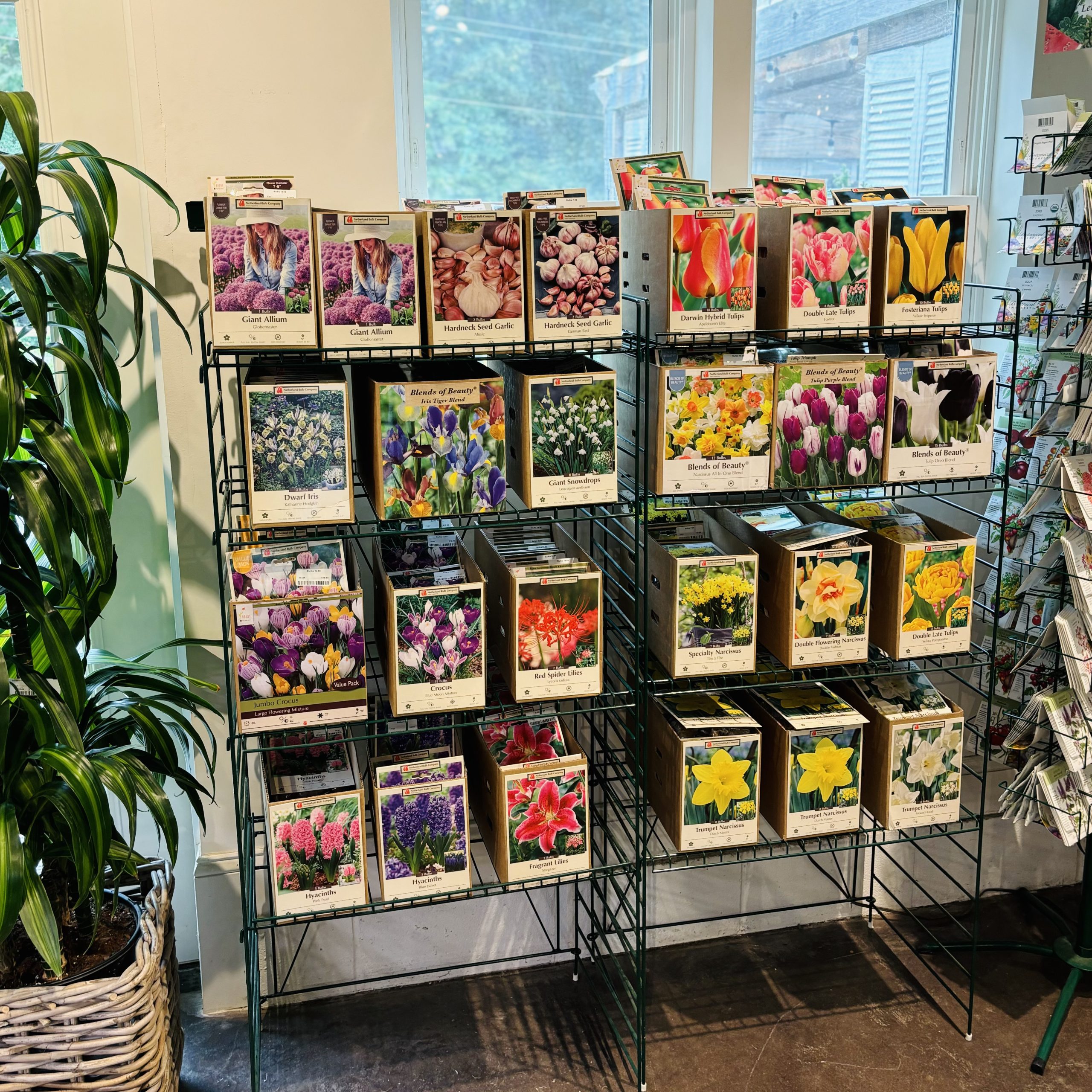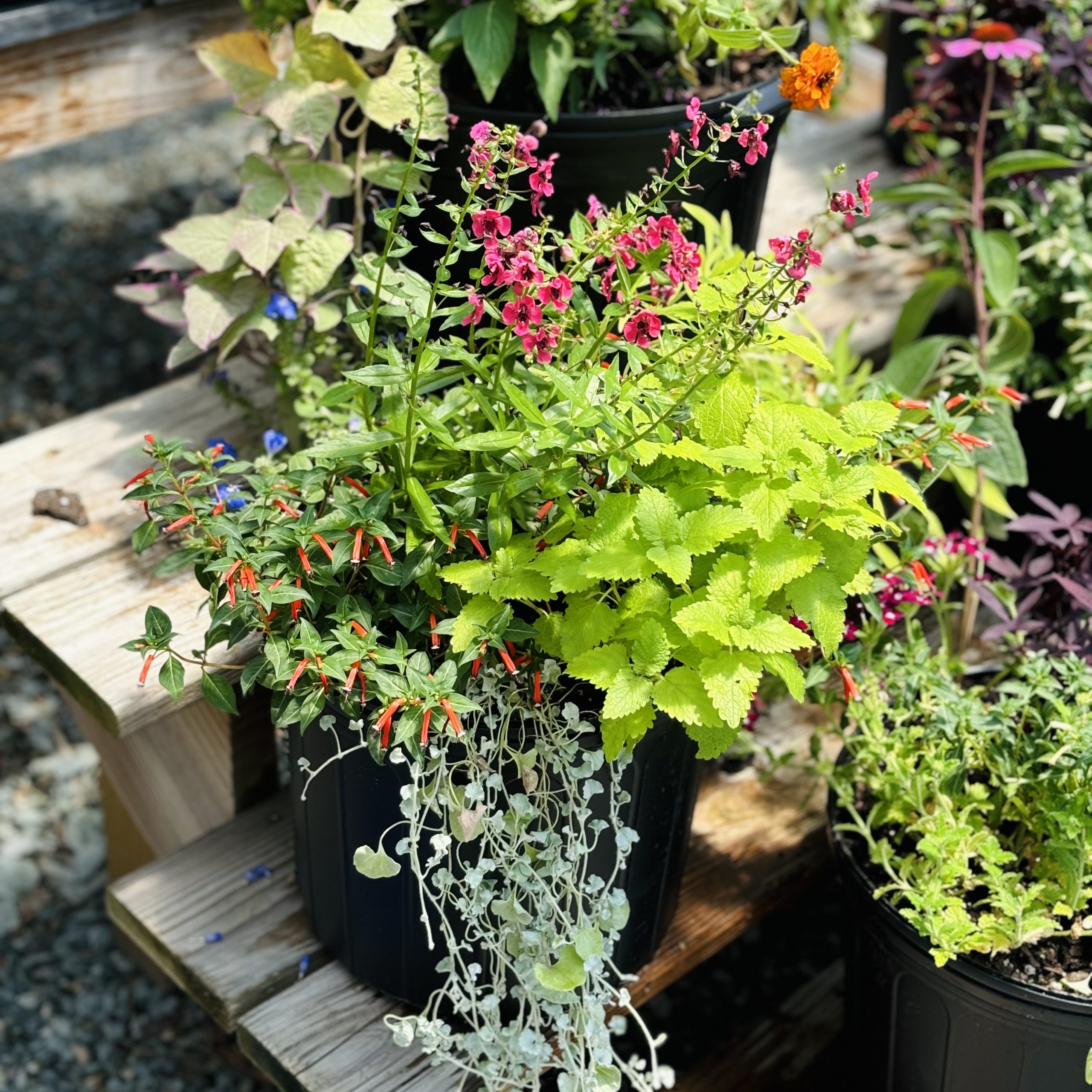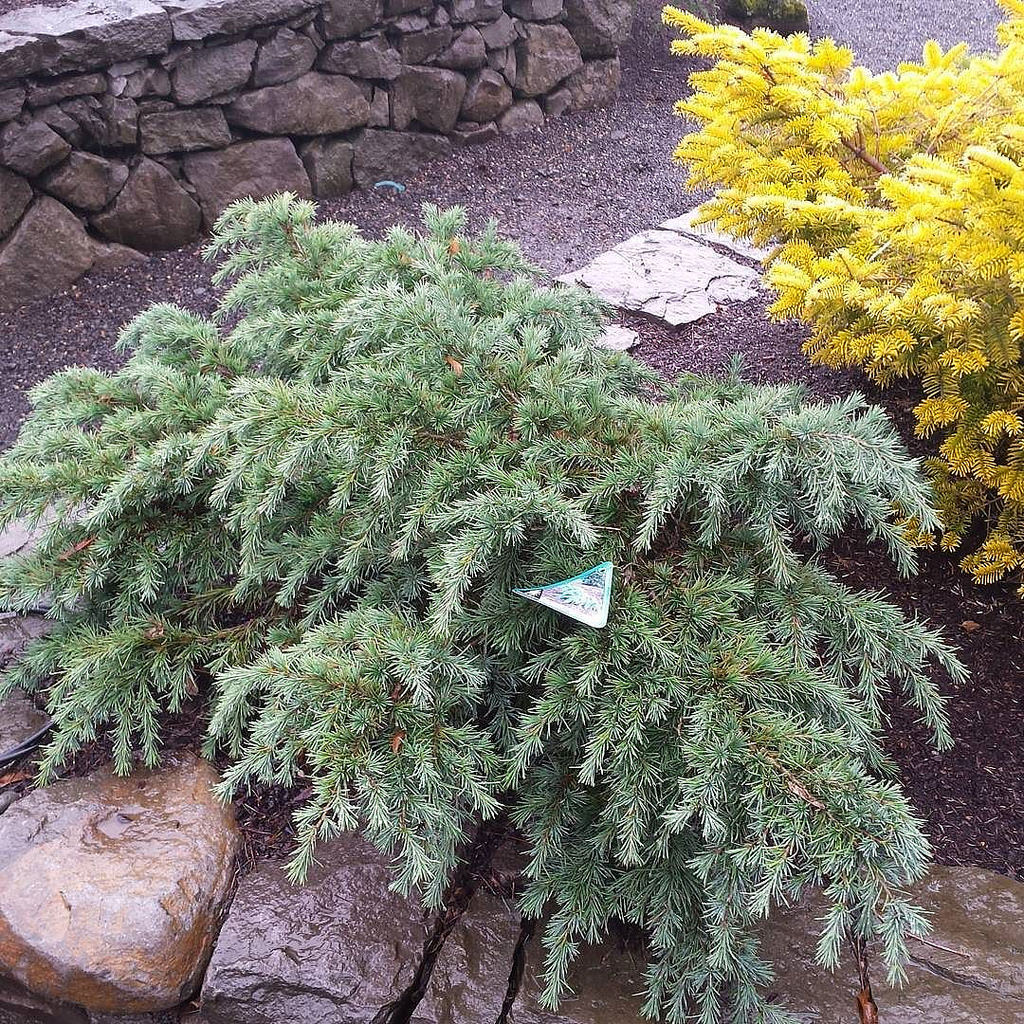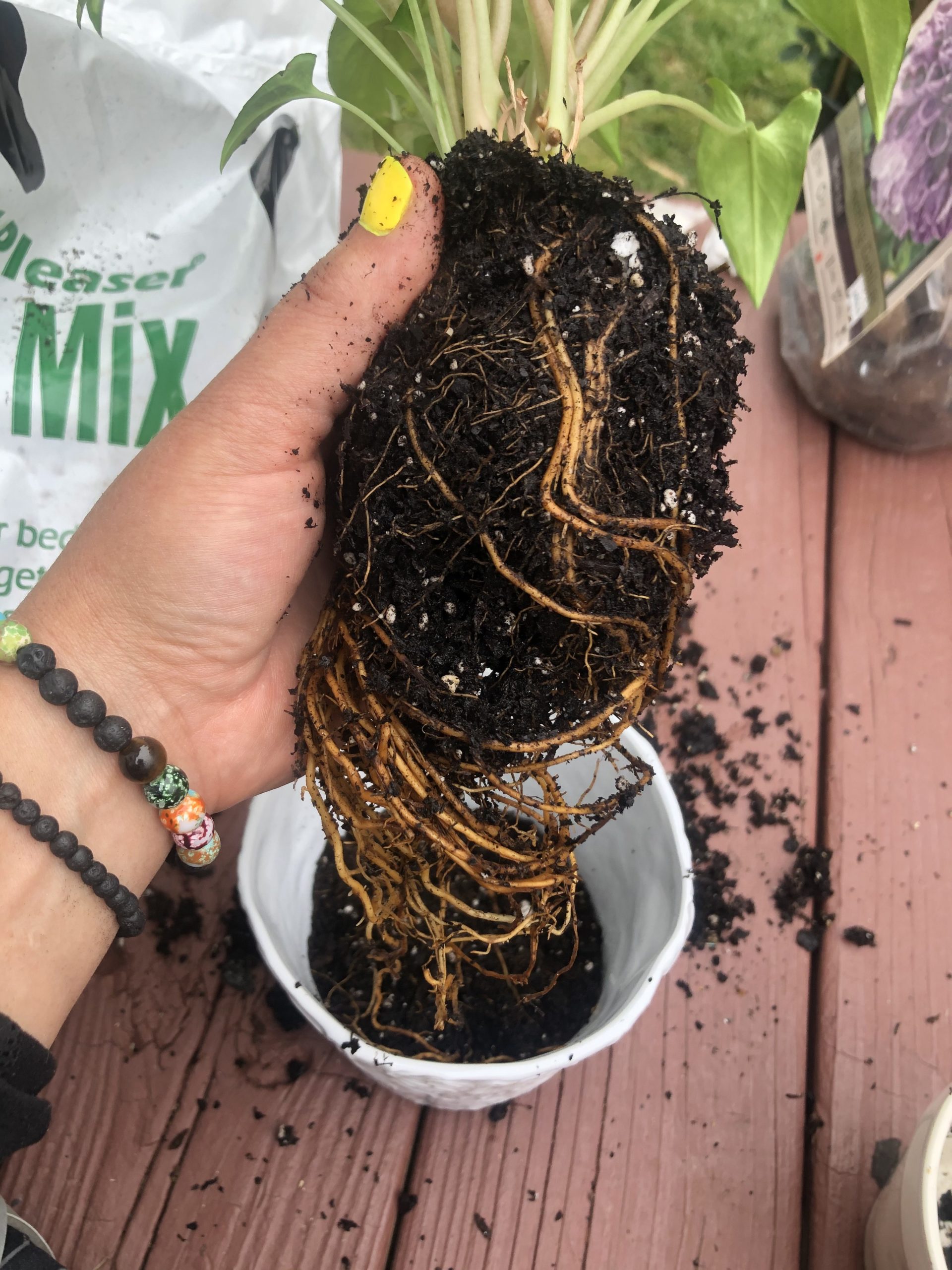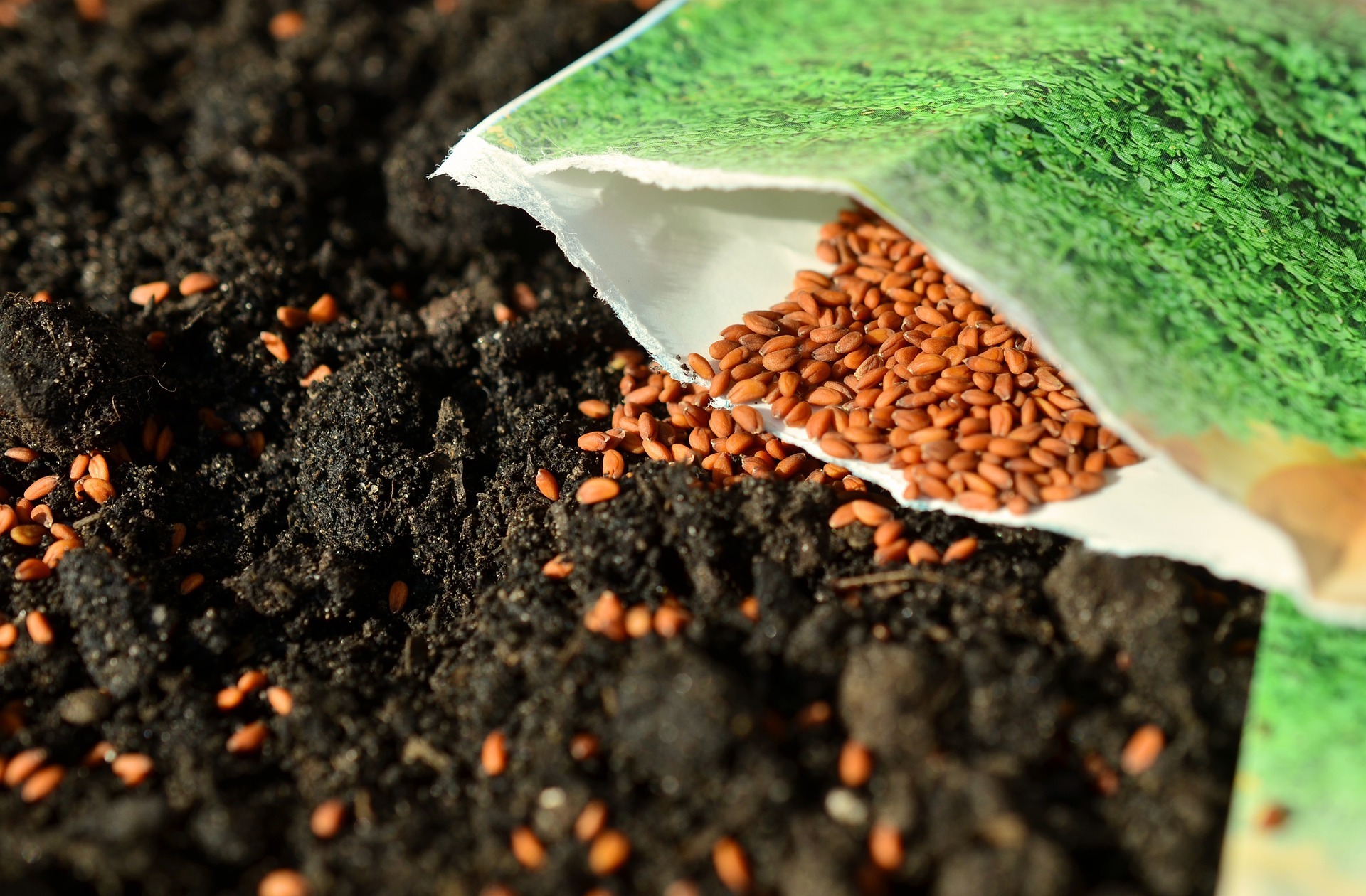Our Blog
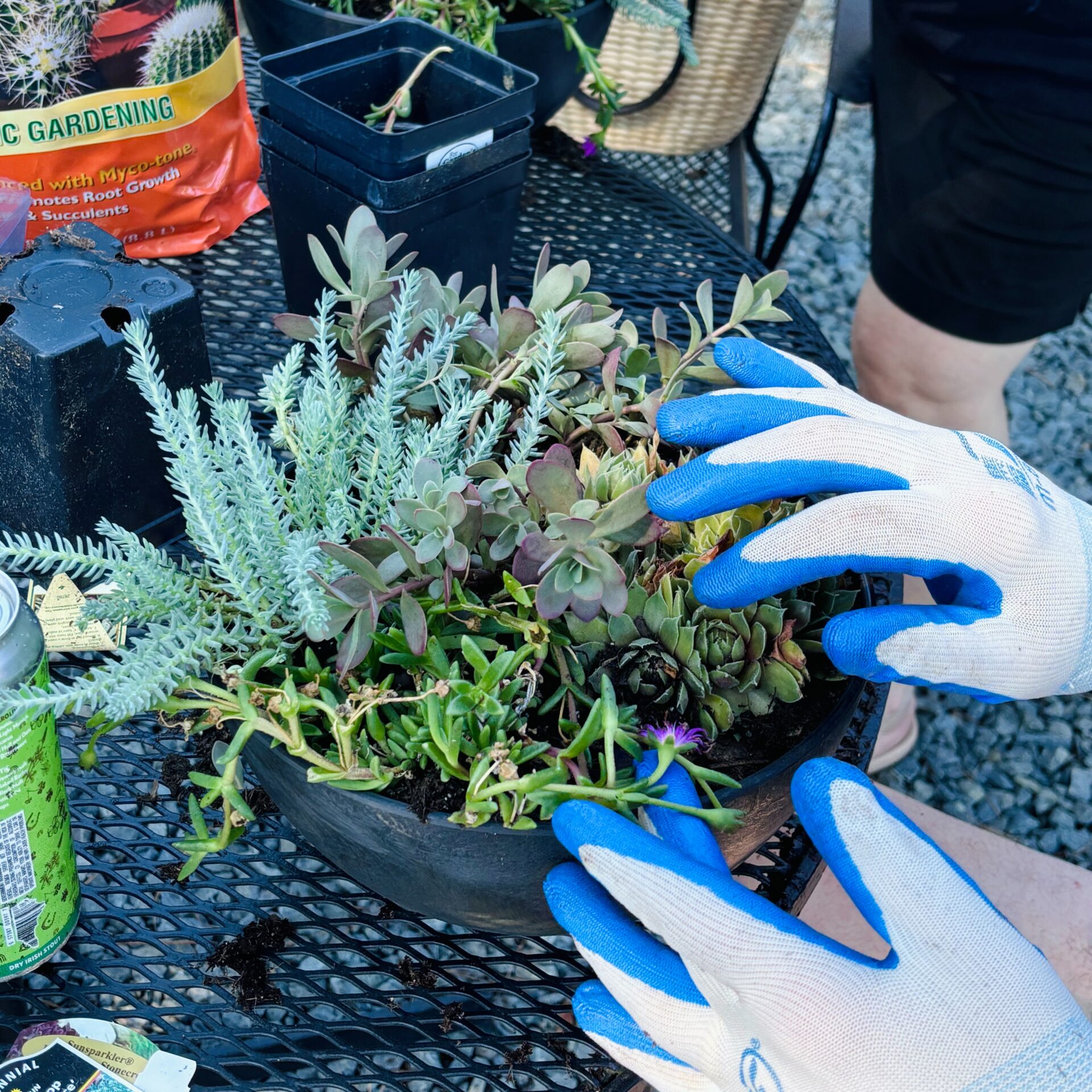
-
Independence Day Sale!
Don’t miss our Independence Day Sale, running July 3rd–7th!
Read More:Independence Day Sale!June Gardening Checklist
Have you started your garden chores or are you procrastinating? Well here’s your To Do List!
Read More:June Gardening ChecklistMay Gardening Checklist
Have you started your garden chores or are you procrastinating? Well here’s your To Do List!
Read More:May Gardening ChecklistPickle Plant? Meet Delosperma
Want a plant that’s a real dill-light? The Pickle Plant is your quirky, low-fuss friend!
Read More:Pickle Plant? Meet DelospermaWhy Fall is the Perfect Time to Plant Perennials
If you’re ready to dig in and grow a garden that will bring joy year after year, autumn is the perfect time.
Read More:Why Fall is the Perfect Time to Plant PerennialsPruning Hydrangeas: Fall Garden Essential
Pruning hydrangeas can seem a bit tricky, but understanding their blooming cycle will guide you in the right direction.
Read More:Pruning Hydrangeas: Fall Garden EssentialUltimate Guide to Planting Fall Bulbs
As the warm days of summer fade into the crisp air of fall, there’s no better time to start planting bulbs.
Read More:Ultimate Guide to Planting Fall BulbsEmbrace Summer Blooms: Guide to Vibrant Gardens in the Heat
The scorching sun is no match for the beauty and resilience of summer bloomers.
Read More:Embrace Summer Blooms: Guide to Vibrant Gardens in the Heat10 Essential August Garden Tasks
As the summer heat bears down, August offers a unique set of gardening opportunities and challenges.
Read More:10 Essential August Garden TasksTrees for Small Spaces
What tree should you choose? We have lined up the contestants… the choice is yours!
Read More:Trees for Small SpacesRepotting Your Houseplants: A General Guide
Once you have made the decision to repot, here are the steps you should take.
Read More:Repotting Your Houseplants: A General GuideWhich Soil Do I Choose?
Knowing what type of soil mix is best can be daunting. Here’s what each type is best used for.



